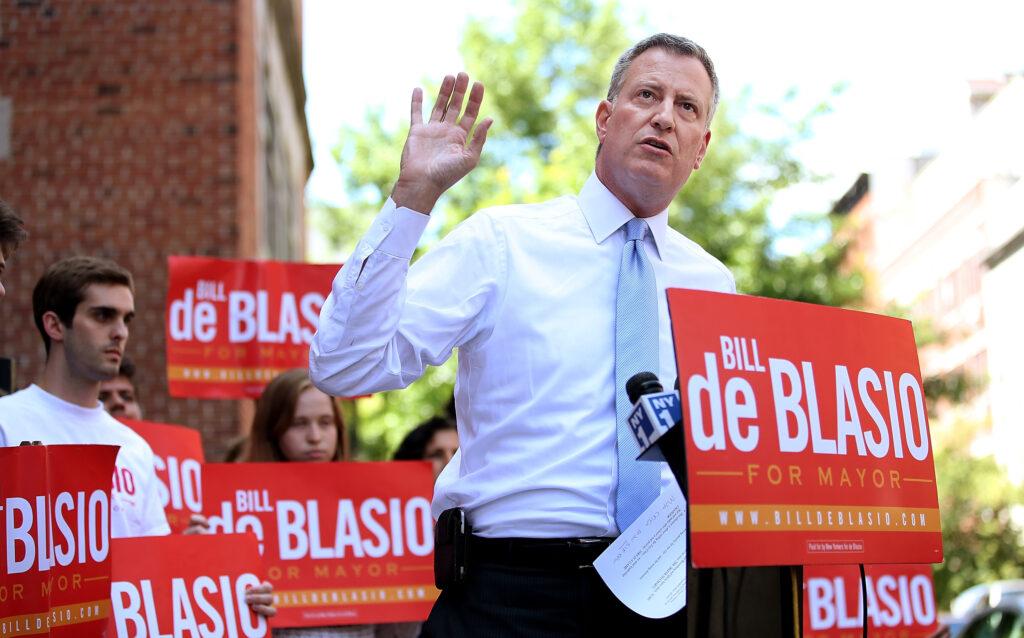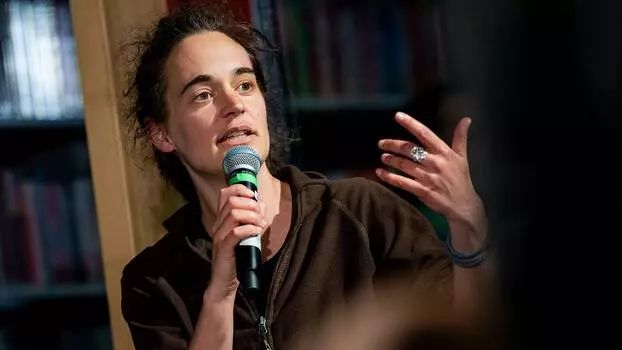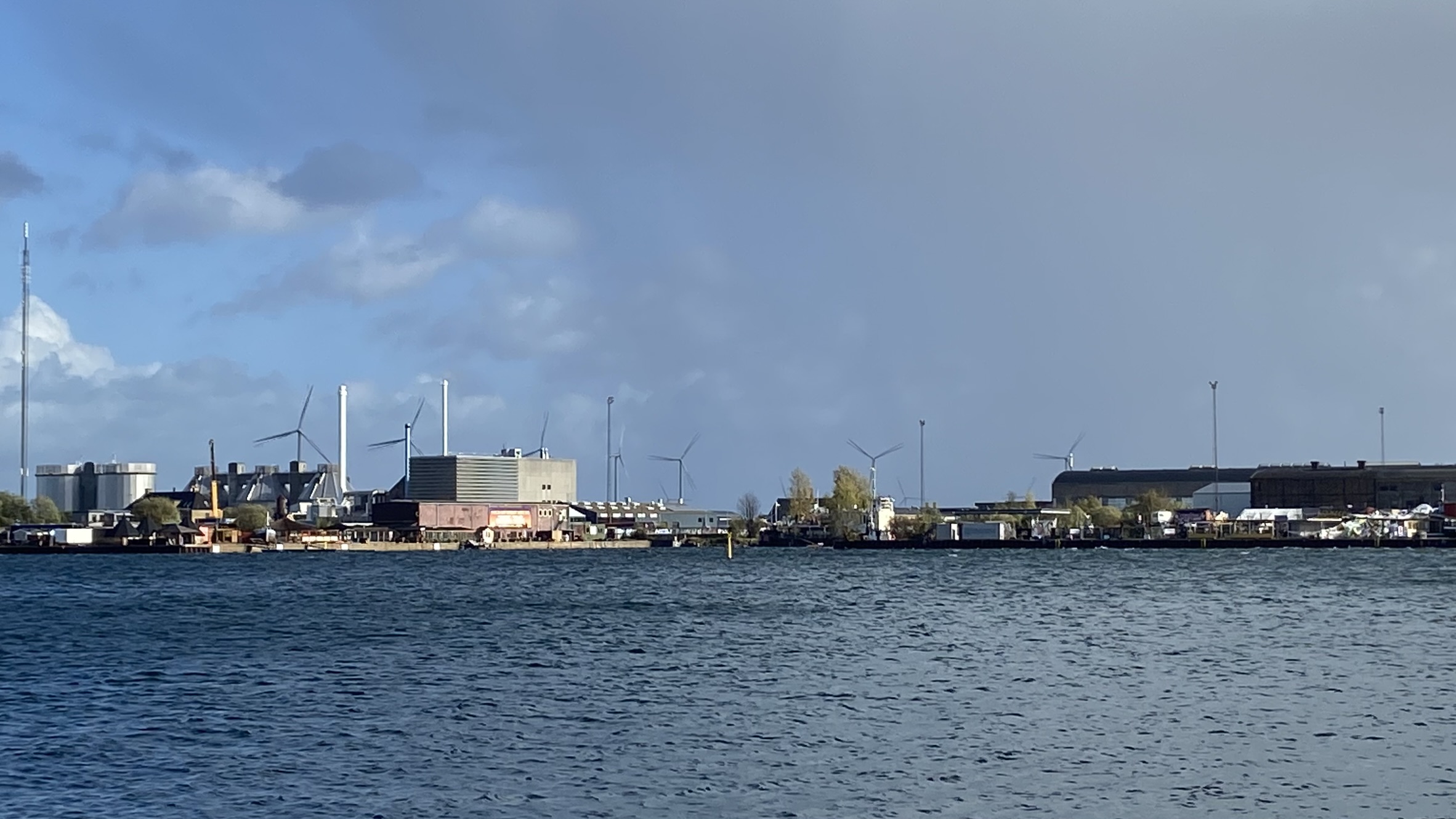On November 5 in New York City, Bill de Blasio captured a stunning 73.3% of the mayoral vote with one of the most progressive platforms of a major party candidate in recent U.S. political history. De Blasio’s victory was at once a powerful repudiation of outgoing Mayor Bloomberg’s neoliberal administration and a broad public call to push city policy to the left.
When he takes office on January 1, de Blasio will inherit a city rife with conflict and contradiction. The largest single culprit is New York’s leg-splitting economic disparity, now at sub-Saharan African levels and widening fast. While the 1%, led by the FIRE sector (Finance, Insurance, Real Estate), is busy raking in record profits and remaking Manhattan into the world’s greatest playground for the rich, millions of New Yorkers are being pushed to the city’s edges, ever further into marginalization and poverty. Today, one in three children lives below the federal poverty line. At least 20,000 of them are amongst the growing ranks of the city’s more than 50,000 homeless, more than any other day on record.
De Blasio captured this state of affairs, as well as the public mood, in his “Tale of Two Cities” stump speeches, which adroitly built on language reintroduced to public discourse by Occupy Wall Street. His proposed solutions include taxing the rich to provide universal pre-kindergarten, creating 200,000 new or preserved affordable housing units, and putting an end to policing practices such as stop-and-frisk that target people of color and the poor. While these proposals look great in principle, it remains to be seen whether they can be accomplished.
First of all, the mayor actually controls only a small portion of the city’s $70 billion budget, while the vast majority is locked into debt service, long-term city management, and programs that for various reasons cannot be cut. Combined with the structural particularity requiring approval from the state capital of Albany for tax increases and certain new expenditures, de Blasio’s mandate for change will quickly run into very real fiscal constraints.
Second, the mayor-elect will also run headfirst into the entrenched interests that have most benefitted from Bloomberg’s leadership, embedding themselves ever deeper in New York City governance. Perhaps surprisingly, considering the overall election result, there is one demographic that de Blasio did not win: the white male vote. Among the city’s established powers, not surprisingly dominated by old white men disinclined to relinquish one iota of their privilege, de Blasio’s popular mandate will carry only so much weight. Indeed, uneasy compromises with unsavory elites have already begun and are likely to continue, and the possibility that they will derail any meaningful progressive agenda is all too real.

So yes, there are major challenges, but there is also the small matter of a truly historic election. The first outer-borough mayor (not from Manhattan) in half a century, de Blasio won by the largest margin for a non-incumbent candidate in New York City history. He did so by bringing together an unusually diverse and geographically broad base of working and middle-class support. Within this base, his greatest source of strength and legitimacy is drawn from the city’s two million Blacks and African Americans, who voted for him at a stunning 96% clip. De Blasio’s campaign first took off on the wings of an ad campaign that prominently featured his black wife and mixed-race family. However, this “multiracial boost” has already reached mythological proportions and tends to distract us from the notion that the city’s black and brown residents (he also won 87% and 70% of the Hispanic and Asian vote, respectively) might actually vote based on issues.
To effectively govern as the mayor he promised to be, de Blasio will need to listen to these voices in a way that previous mayors have not. This, more than any single policy measure, will be the key to whatever left turn New York takes during his administration. For while a piece of signature legislation would be important in converting his political capital into hard currency, the city’s crisis is deeply systemic, and he must recognize his duty to act as a microphone through which his electorate can raise its voice and change the citywide conversation. This is de Blasio’s real mandate and real responsibility. And it is the responsibility of community organizations and social movements on the left to keep him honest.
There has been much talk of late about the emergence of a different brand of populist progressive in the United States. In the hotly debated recent article “The Rise of the New New Left,” Peter Beinart depicts de Blasio as a poster child for this movement, riding a tide of economic pain, political disillusionment, and changing demographics to challenge the Democratic establishment. But is the New York mayor’s office a big enough platform for a task this size? As the great leftist Tom Hayden points out in a recent article in The Guardian, both Bloomberg and Giuliani leveraged their roles in the country’s largest city to make a mark on national politics, and there are real reasons to hope that de Blasio could do the same. Meanwhile, David Callahan at Demos reminds us that the legendary New Deal progressive, New York Mayor Fiorello LaGuardia, drew great strength from his ability to make national allies and mobilize federal resources. The precedents thus exist—both to influence the national political landscape and to boomerang that momentum back into meaningful political progress in the city.
To have a chance at such a grandiose vision, de Blasio will have to confront, perhaps as much as his greatest enemies, his own political convictions, as well as those people who will be whispering in his ear along the back corridors of power. After all, he was the campaign manager for Hillary Clinton’s successful 2000 senate bid, and the Clintonian wing of his power base will certainly advocate for cooperation with elite and capital interests. While we must not forget this, nor should we dismiss his past involvement and real sympathies with leftist and social movement causes. Which current shapes de Blasio’s thinking going forward, and to what degree, is still very much an open question.
While a number of other politicians have already begun to pay lip service to widening income inequality, their words have yet to find much echo beyond the rhetorical level. Meanwhile, the war drums of austerity continue to pound in legislatures across the country, imploring us to embrace the inevitability of sacrificing our poor to save the rest of us. Will Bill de Blasio take his 73.3% and march it through the invisible wall that separates pretty language from transformative policy? It seems there are just enough filthy rich people who are afraid that he might. The rest of us must do everything we can to push for the mayor we were promised, mindful of the two New York Cities we will otherwise inherit.



